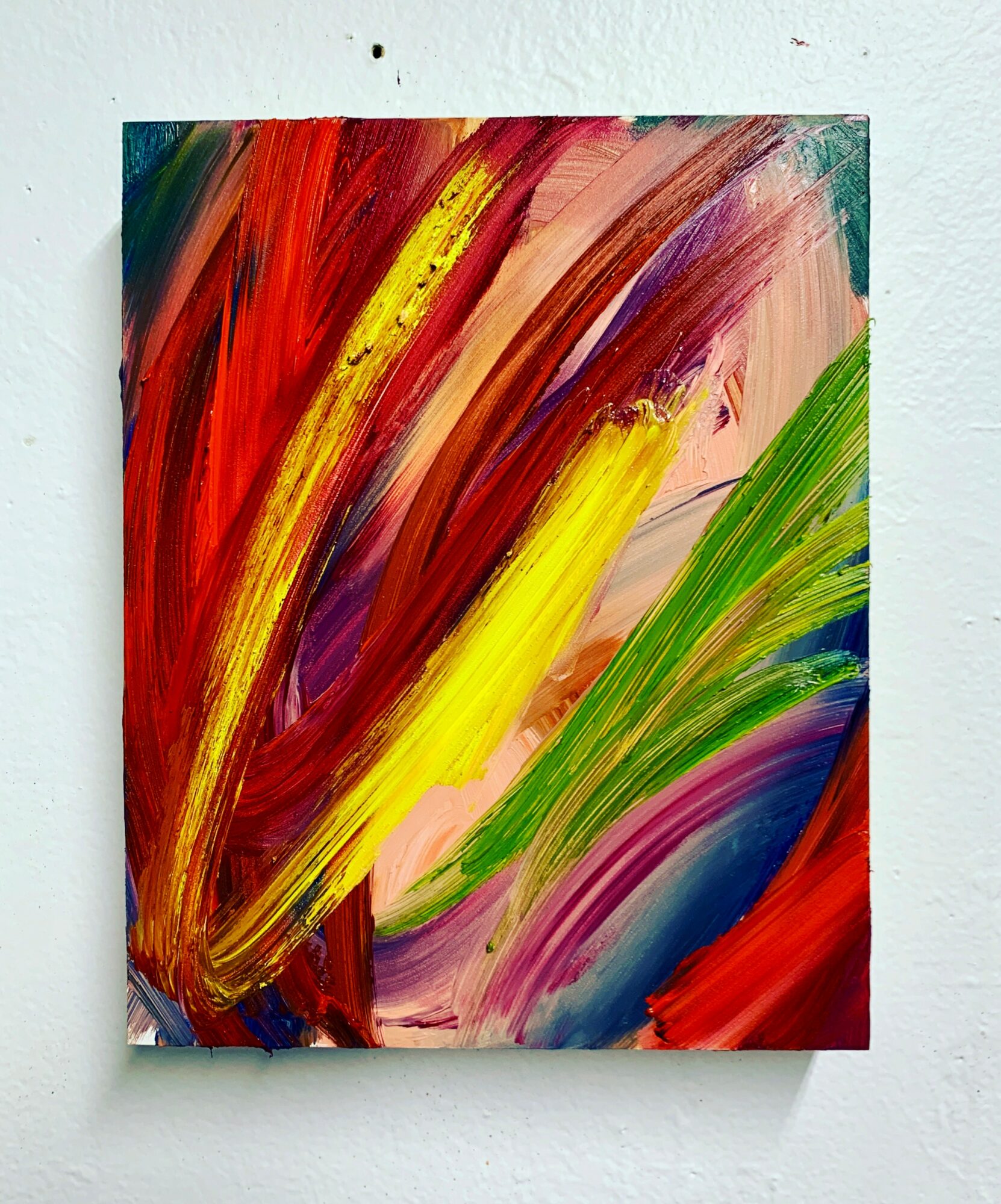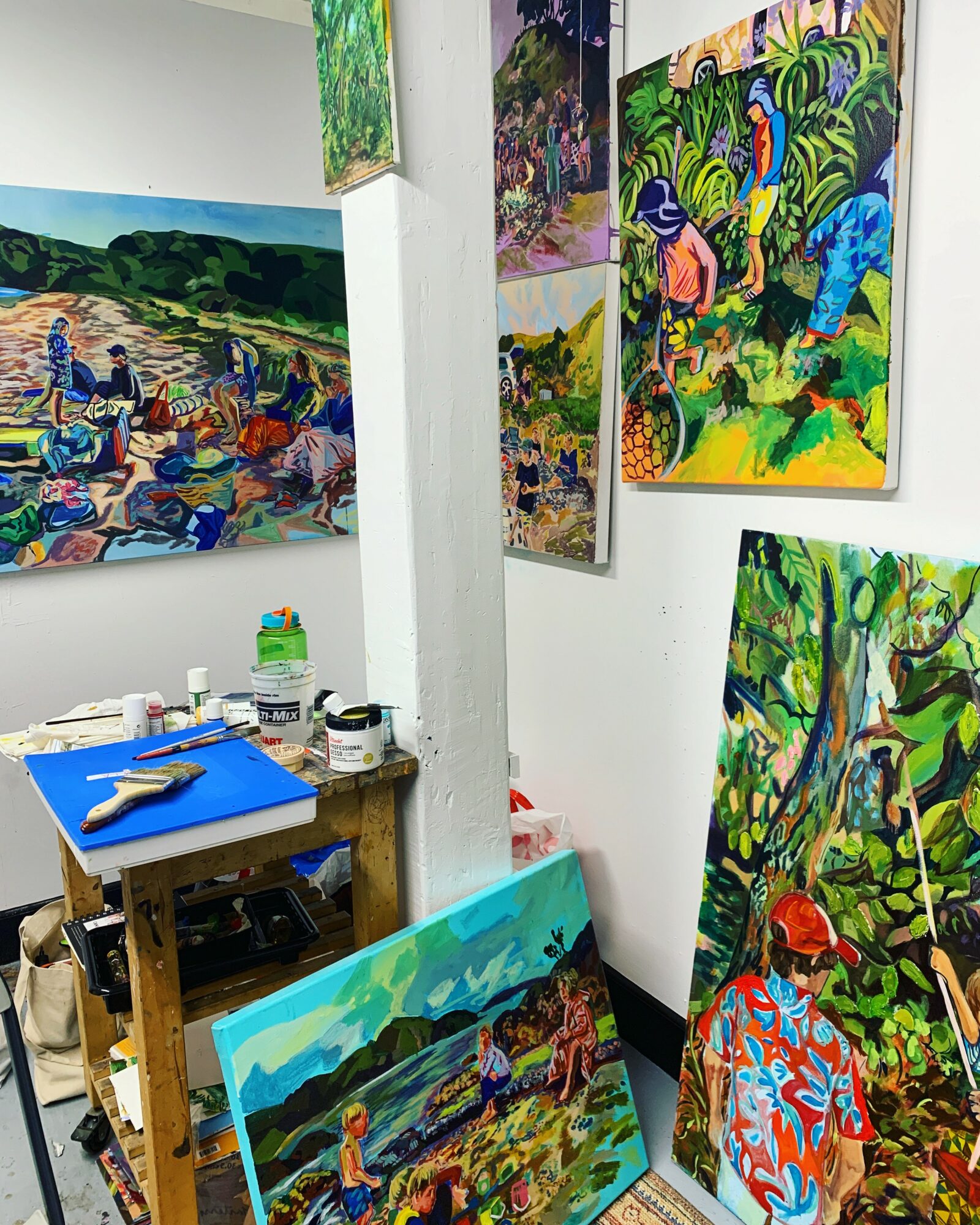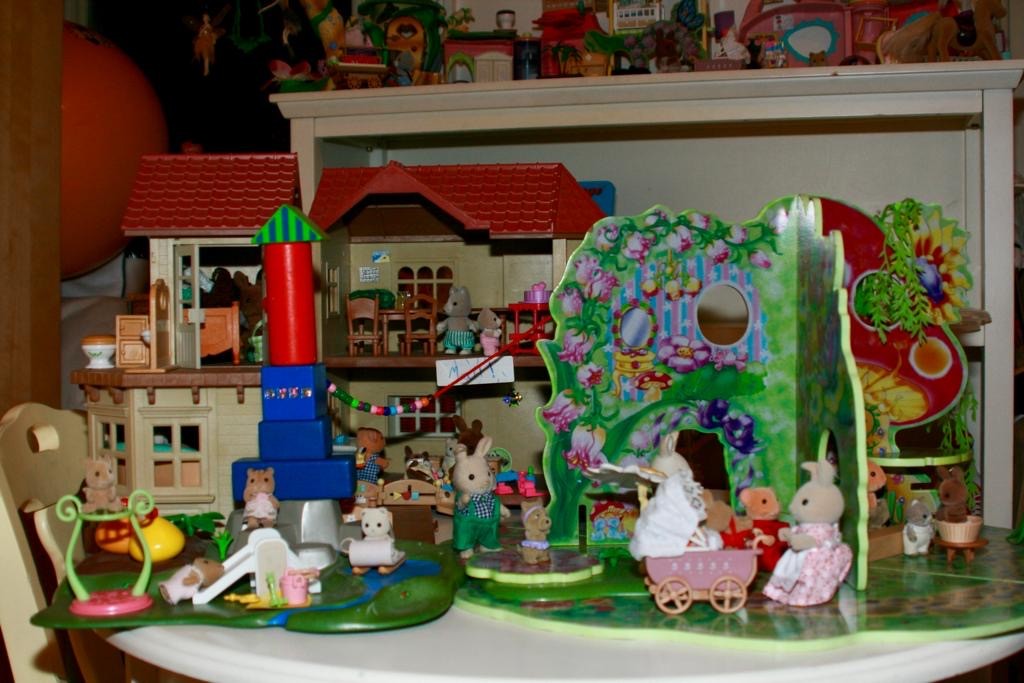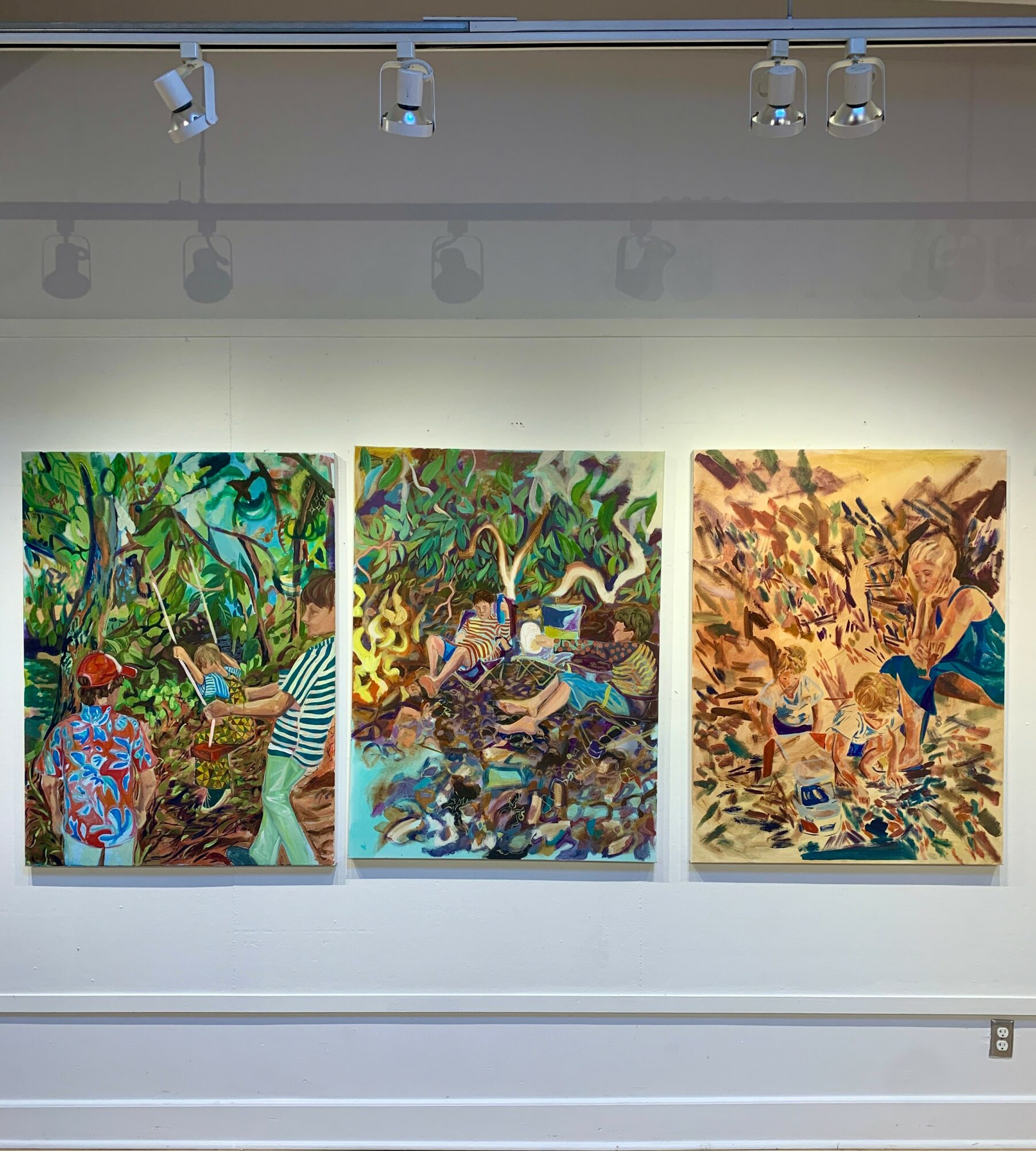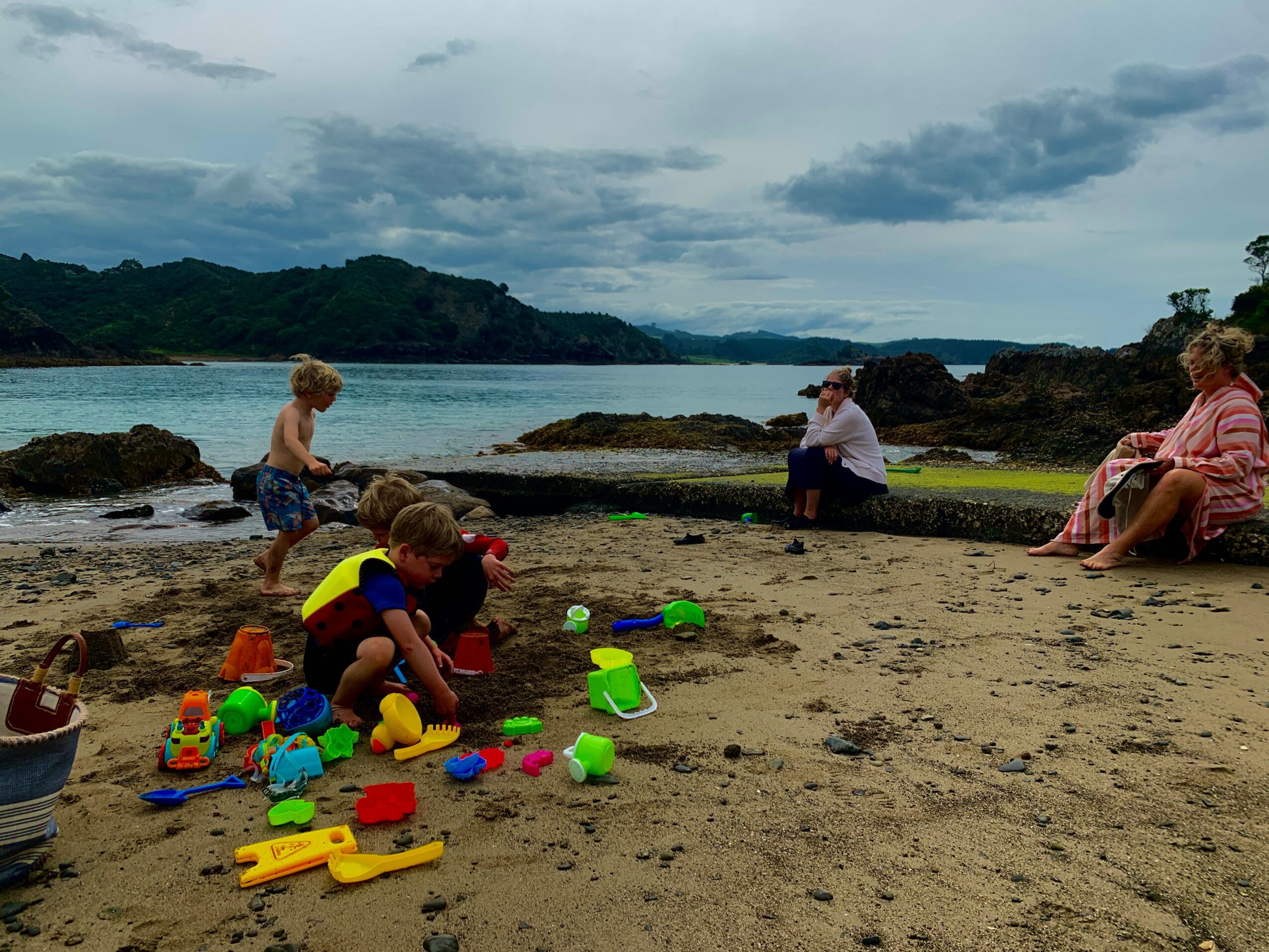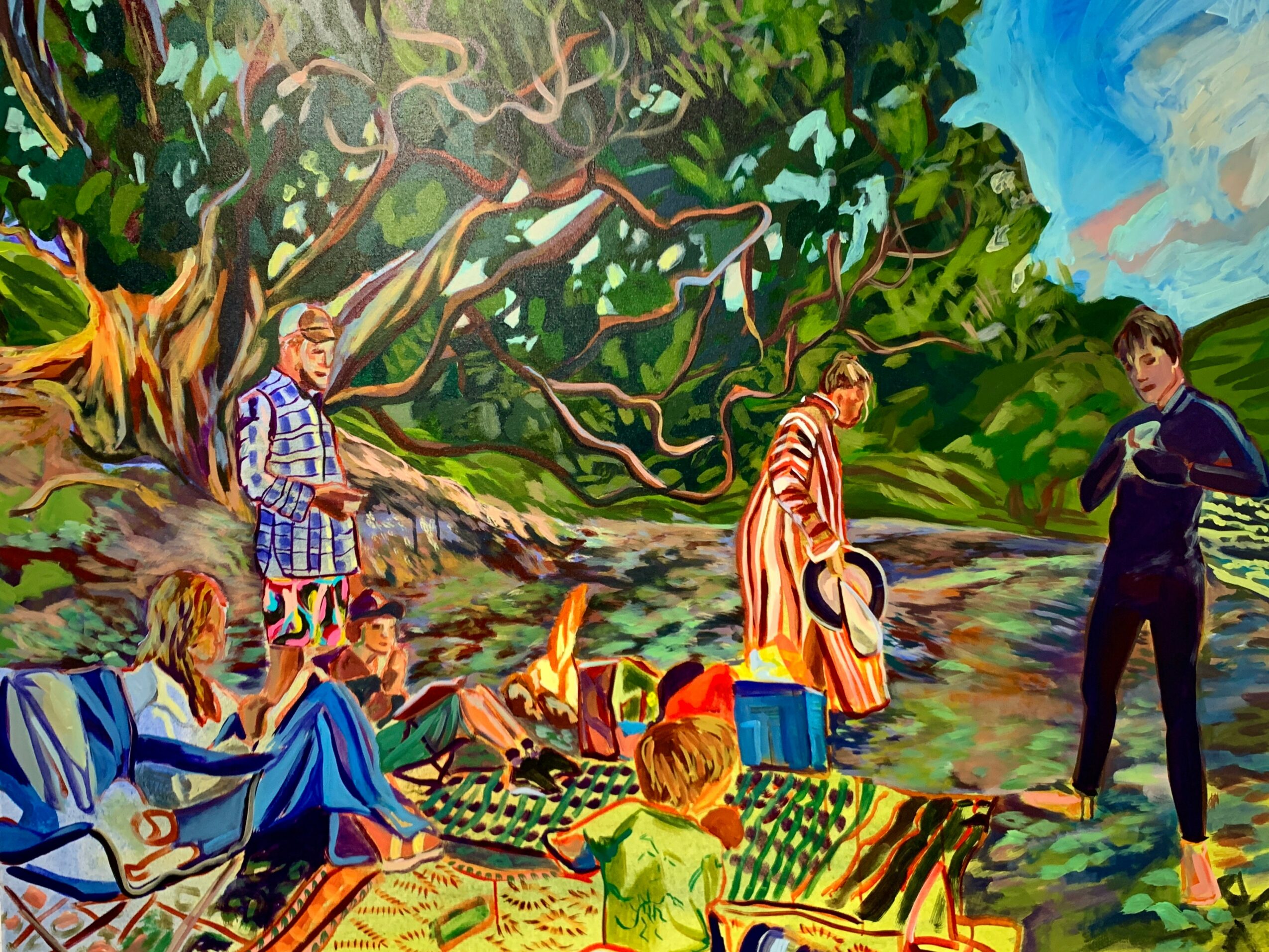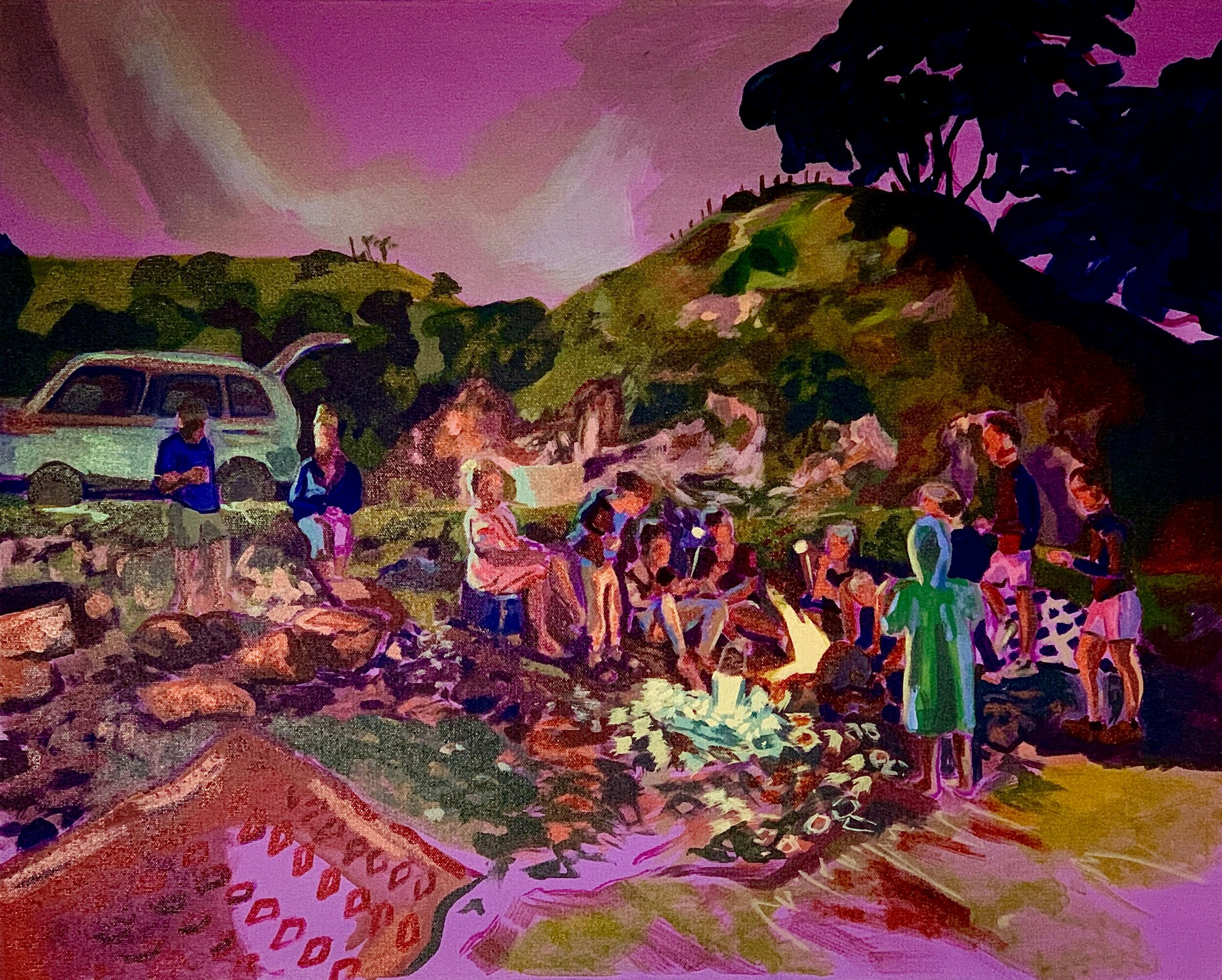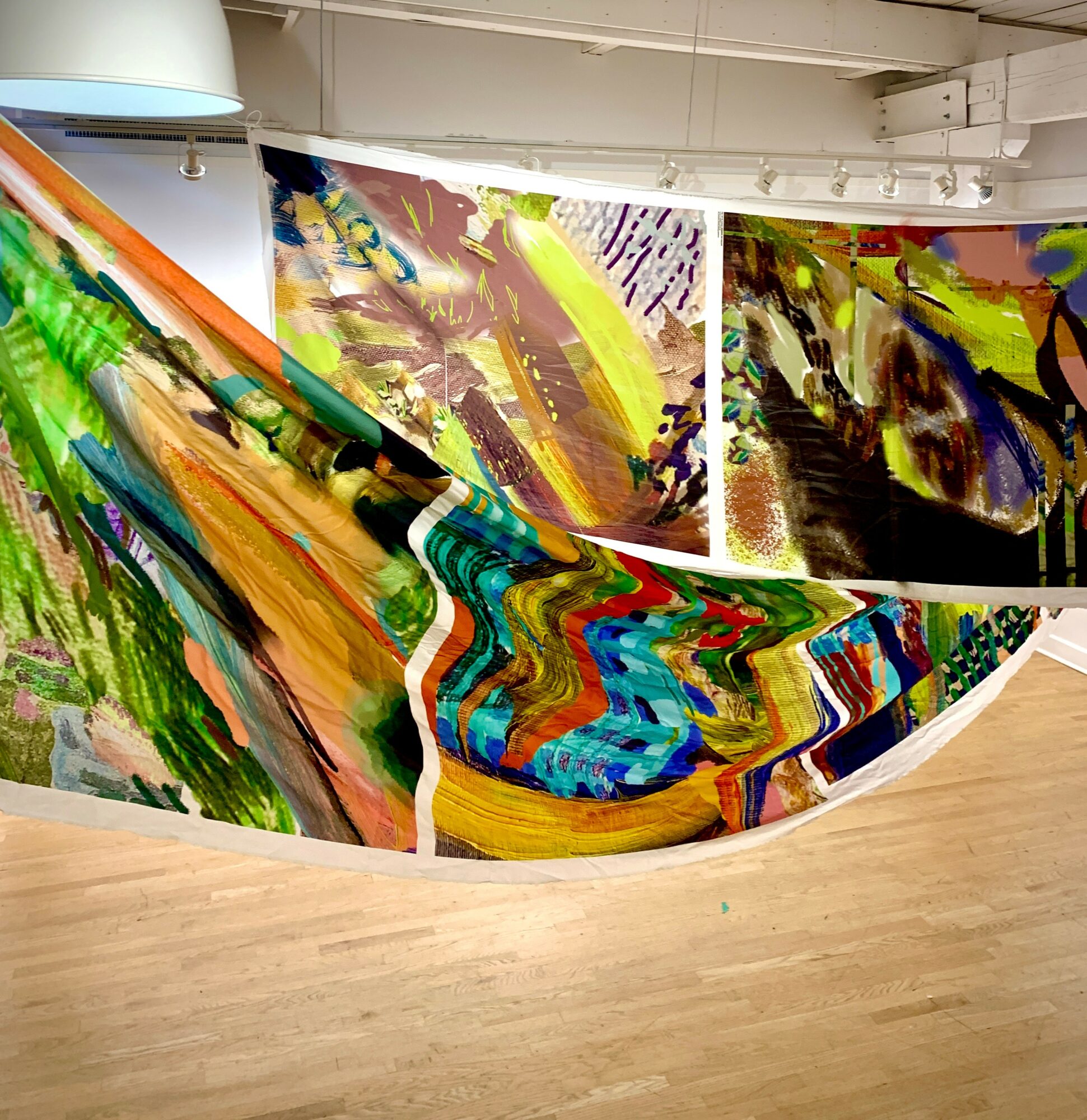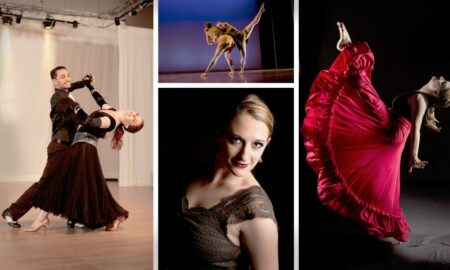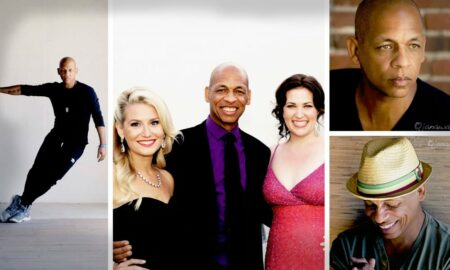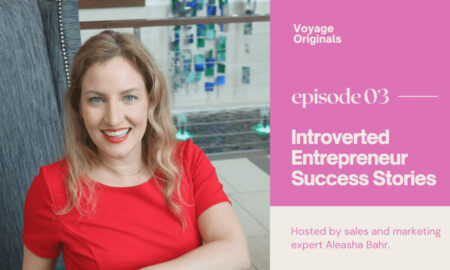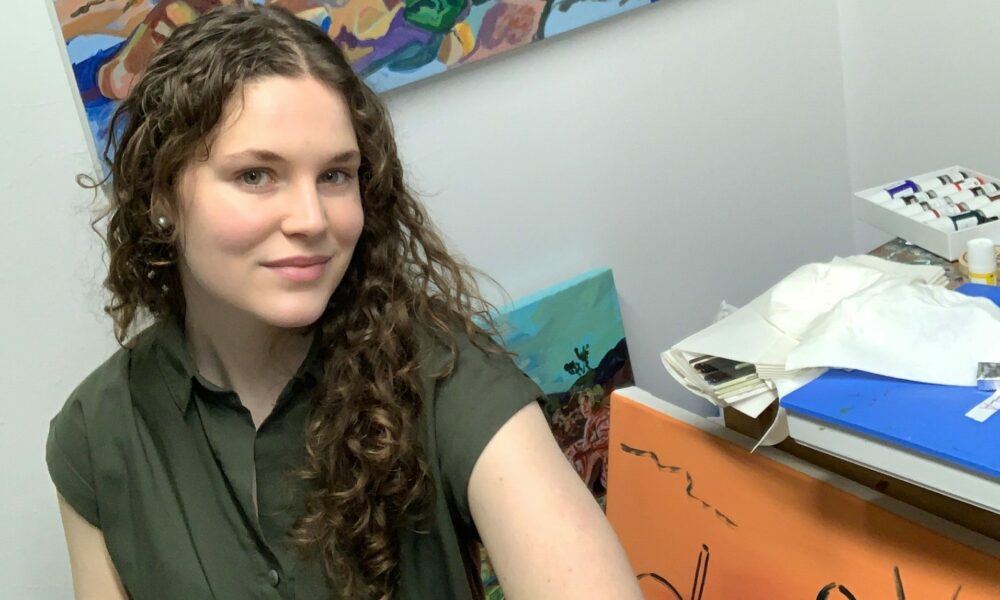

Today we’d like to introduce you to Bella Kimmel.
Hi Bella, thanks for joining us today. We’d love for you to start by introducing yourself.
Growing up in the UK, I found school difficult, especially as I found out later I had dyslexia – a hindrance to my school that apparently couldn’t cater to my ‘learning difficulties.’ Yes, things were difficult for me, but I don’t think my situation was unique; I just happened to be one of the unlucky people who didn’t have a brain that immediately kicked into gear at five years old – operating out of factory settings, crunching numbers, effective with reading and comprehension right out the bat. I found out later that all these things would come with time, but my timing was too slow, and therefore I had to be placed in a special category for my in compliance with the British school curriculum.
These early setbacks and my inability to string sentences together that didn’t randomly incorporate capitals peppered throughout left me to develop other outlets. Drawing was something that had equal parameters as with writing, however instead of grammar was proportion, in place of sentence construction was shading. When I was first starting out drawing despite not being an important area of study as determined by my teachers, I took accuracy seriously. Drawing at this stage was more akin to copying; I would pause cartoons on the TV and copy them for hours, attempting to capture a close likeness to what I could see on screen. My eyes seemed more trustworthy than my brain less opportunity for that lost in-translation thing to happen that would so often occur in English class.
This exacting standard spilt over into other ways I conducted my five-year-old self, one of them being how I played. As a young girl, you receive a lot of Barbies, Polly pockets, basically, any bimbo doll they’ll try and sell it to some clueless sap buying last minute for a little girl. I would receive these dolls, and to my frustration, the dolls would never be self-supporting – always needing a pair of little hands to animate them. I, however, wasn’t very interested. Instead, I favoured their ‘accessories,’ if I was lucky I’d score a choice accompaniment such as a pet or little mini bunny or something. These miniatures were the end game in my mind. I would arrange these teeny little plastic toys in a variety of differing arrangements, often incorporating mismatched toy brand representation. A dollhouse might feature a beaver family derived from the Sullvanian families brand, I would then delicately arrange and place other things such as flowers or drawings to build up what to my parents looked like intricate dioramas. To me, these toy arrangements were the world – yes, that was the name I had for it. Unassuming house guests such as other kids my mom would invite over for a playdate would be in for a real shock when they found out these setups weren’t to be touched. I would be horrified to find one of the several beavers in their hot little hands or an entire arrangement I’d spent carefully placing despite my own inferior first-grader hands had been toppled over. Thinking of it now, I laugh at what my parents were probably actually thinking – this as well as my yet-to-be-diagnosed dyslexia to say they thought I was a control freak would be an understatement.
However, looking at my odd way of playing with the perspective I have now as an artist, I can see how the art I make today reflects what I was doing even then. Those tiny intricate toys placed in panoramic displays surely fostered over many years the game of balance, layers, detail colour, and pattern that are part of my work today.
What started as a self-incurred assessment to determine that I indeed was not just some lousy idiot turned into a thing of pride as I began to get noticed for my ability. Everyone at school would say, ‘Bella is so talented’ which seemed odd to me because all I could think of was the hours I’d spent copying Bambi from the TV to get good – but I kept that to myself. My intention hadn’t been to get a talent at anything; I was just trying to show that I wasn’t entirely useless. I would think the same thing about the girl I sat next to in math class who had such nice handwriting it made it so easy to copy her excellent classwork – at that point, I had just given up telling teachers I had no idea what was going on as I figured I was a lost cause so I just did what I knew best and copied everyone.
Eventually many years later in high school whilst doing my A-levels, I had the opportunity to specialize in what I loved: art and the humanities. Suddenly my grades improved and I was at the top of my class which I thought was odd. The hours of hard work I had to put in to get my reading and writing skills to a place where I could test out of English and math class ended up serving me greatly in my last two years of school. Suddenly the stakes were much higher and everyone felt the pressure, these were the exams that would determine our college entry. However, not everyone was accustomed to the amount of effort and study the A-level workload demanded. Whilst difficult I found the workload doable because well everything had taken me longer so I didn’t know any different.
For college, I decided to take a big risk and move country to the USA, and beyond that to the south, Savannah Georgia for the Savannah College of Art and Design. That first year was a big shock I finally had an even playing field again, we were all here for some form of art, some more skilled in realism others talented in 3-D design or film. I found this refreshing I moved forward in my classes confident in what I was making. After declaring painting as my major, this is where I noticed how growing up with the UK education system had given me an edge: Having a classical education, one in philosophy, history of art, and often one in which I got the privilege of visiting the great galleries and works of art in London gave me an upper hand. I had experienced the process of ideation and development from conceptual and visual ideas into a body of work.
At the end of my first year of college 2020, the pandemic happened. A trip to New Zealand became a year in New Zealand with my family. Whilst away in the rural north of New Zealand, my art took off in a significant way. Instead of the city life I was used to, here I was, immersed in the wilderness with only my family to talk to. In between the courses I was taking online, I would spend hours outside, not painting or making necessarily but thinking. Something was happening internally that I had yet to realize. All I knew at the time was that this slow pause from the conveyor belt of busyness and trajectory had shifted my focus. I began to look inward. I see it now as an unraveling that was happening within my inner self in relation to my immediate environment, especially my family.
Once back in the classroom, I made my first series ‘the rock pool series,’ This was the first of many bodies of work that would come out of my time in New Zealand. Any stagnation I had felt creatively was overrun by this new energy I had for creating art. I would finish a new large-scale painting each week; I was excited about what I was working on and couldn’t stop.
Over the next couple years at SCAD, I honed my skills and explored a variety of techniques from abstraction, painted with oil stick and lots of linseed oil, to stretching my canvases, working digitally, to finally finding a style that felt authentic to who I was and what I wanted to say. Still drawing inspiration from New Zealand, I began to paint scenes from my camera roll. Scenes of picnics or birthdays I had enjoyed with my family and cousins. I painted the scenes using vibrant colours and quick gestural marks reminiscent of the joyous nature of which the scenes encapsulated. Most of the paintings were of picnics, picnics I had had with my family in New Zealand, the perspective being from the water looking back over the beach and the scene, people, plates, games, and sand. I found my attention when painting was focused less on the ideal or perfect likeness of a face but more on the pattern of their clothes, the texture on the rug – I was more interested in the accompaniments of a person and a family, the pieces of the puzzle rather than the characters themselves, just as I was initially with the accessories that came along with all the dolls I was gifted as a child.
I couldn’t put my finger on it at the time, but the idea of being with family in a sequestered environment for so long had a profound effect on me. Those memories of my time in New Zealand encouraged me to see the importance of family, how they are the people that you don’t choose in life but will be with you no matter the circumstance. My paintings became a gateway offering viewers a vision of life’s simple pleasures via the outpouring of my memories.
Finally, that five-year trajectory that I didn’t even know I had initiated when I moved to New Zealand the first time in 2020 has all been leading up to this point. After college, I packed up my things and moved to New Zealand to rediscover that place that held so much significance in my life and art. However, this time it was as a citizen, living and working in the country now I am keeping a sharp eye to glean any revelations or wisdom I might acquire.
Would you say it’s been a smooth road, and if not what are some of the biggest challenges you’ve faced along the way?
No real excitement or reward comes without challenges, and whether I intended them or not, I have had my share of struggles. Firstly, being a naturally reserved person at one point, it felt like some cruel joke that I had been born into what was an initially very relaxed family until after five years of being the only child, I had four younger siblings pop out in close succession. My tendency to be more quiet and reserved was challenged -often in a shouting battle, a method most useful when reasoning with those with undeveloped prefrontal cortexes.
However, in retrospect- and with the humility that a fully developed adult prefrontal cortex bequests, I like to think I have all of that lovely perspective that at one point felt like some unattainable disposition that would grant access to true knowledge as heralded by adults; This was one of those challenges that does not sound legitimate now, because I can see plainly that you don’t choose your family it is something that happens to you, and what happened in my case was really no real challenge to someone with an ounce of flexibility or patience but at one point I was that person without either of these virtues and family was simply overwhelming.
I am grateful for what once was a great challenge for my immature younger self, as that uncomfortable feeling of being suffocated by the myriad of idoscincrocies of human nature I witnessed in my full home growing up, is something I now return to in my art and find so fascinating. The urge I had to create my ‘worlds’ as a child in which I was the great orchestrator, everything at the behest of my will has been exchanged for a desire to explore the unique culture and worlds that occur within every family.
Thanks for sharing that. So, maybe next you can tell us a bit more about your work?
Memories constitute the foundation of my artistic practice, stemming from a diverse upbringing that has cultivated a fluid sense of place. As an artist, I aim to capture the essence of my ever-shifting environment. Through portraying children—siblings and cousins—I revive my cherished childhood memories, creating paintings that transport viewers to a realm of youthful wonder. The painted scenes are characterized by multi-layered surfaces, seamlessly merging the spatial reality captured in my personal photographs of familial scenes with the organizing principle of memory, one steeped in personal significance that rises on the painted surface.
Infused with the joyful spirit of childhood, I strive to maintain this optimistic atmosphere in my artwork. The canvas breathes with vibrant color, encapsulating the integrity of the photographs whilst seamlessly transitioning into the expressive language of painting. Memory’s aura surpasses realism, guiding my artistic process.
In essence, my body of work transcends individual paintings, forming an iterative exploration of lived memories. Through interplay and cohesion, my work pays homage to the joyous scenes of familial traditions from my childhood.
What sets me apart from others is only as much as any other artist can claim: I paint to depict my vision of reality. My vision being one anchored in my deeply held beliefs about the restorative and important role family plays in our individual lives and wider society.
Risk taking is a topic that people have widely differing views on – we’d love to hear your thoughts.
Can you talk to us about your view on risk taking. Have you taken any major risks (and if so, can you tell us about those risks)? Regardless of whether you view yourself as a risk-taker or not, we’d love to hear your perspective on how you think about risk.
I consider myself a naturally cautious person. At one point, I was more shut down to taking risks, whereas now I take what I consider a ‘calculated risk.’ Choosing to follow my talent and begin to make the steps to become an artist is probably the biggest risk I’ve taken. Pursuing the arts is not something to do if you have an issue with relinquishing control, as I’ve learned this path is almost entirely about being flexible, hustling, and being open to opportunity. I find it amusing to consider what I have chosen to do whilst knowing I have that thing deep down within me desperate for control. Yet I remember being at a crossroads between going to school in England to study philosophy – yes, I know another lofty esoteric subject, and between going full steam ahead with art. Ultimately I didn’t go with my gut and chose art. I chose art becauseI knew I had talent there, and the challenge of making it happen and having to create my own margins, client base, and brand was something that seemed difficult but worth pursuing.
I could see from my experience growing up that my resistance to connection when I was younger for all the unpredictability and vulnerability was something that yes did keep me safe, but repelling the challenge of developing a softness or ability to compromise with my brothers kept Me hardened to the true joy of those relationships. I now see those early life lessons and realizations as one of the funny ways life has prepared me to ease into the decisions that I now make as an adult, choosing to reject comfort and pursue the unpredictability of a life in pursuit of the arts.
Contact Info:
- Website: bellakimmel.com
- Instagram: @bellkimart
- Linkedin: bellakimmel
